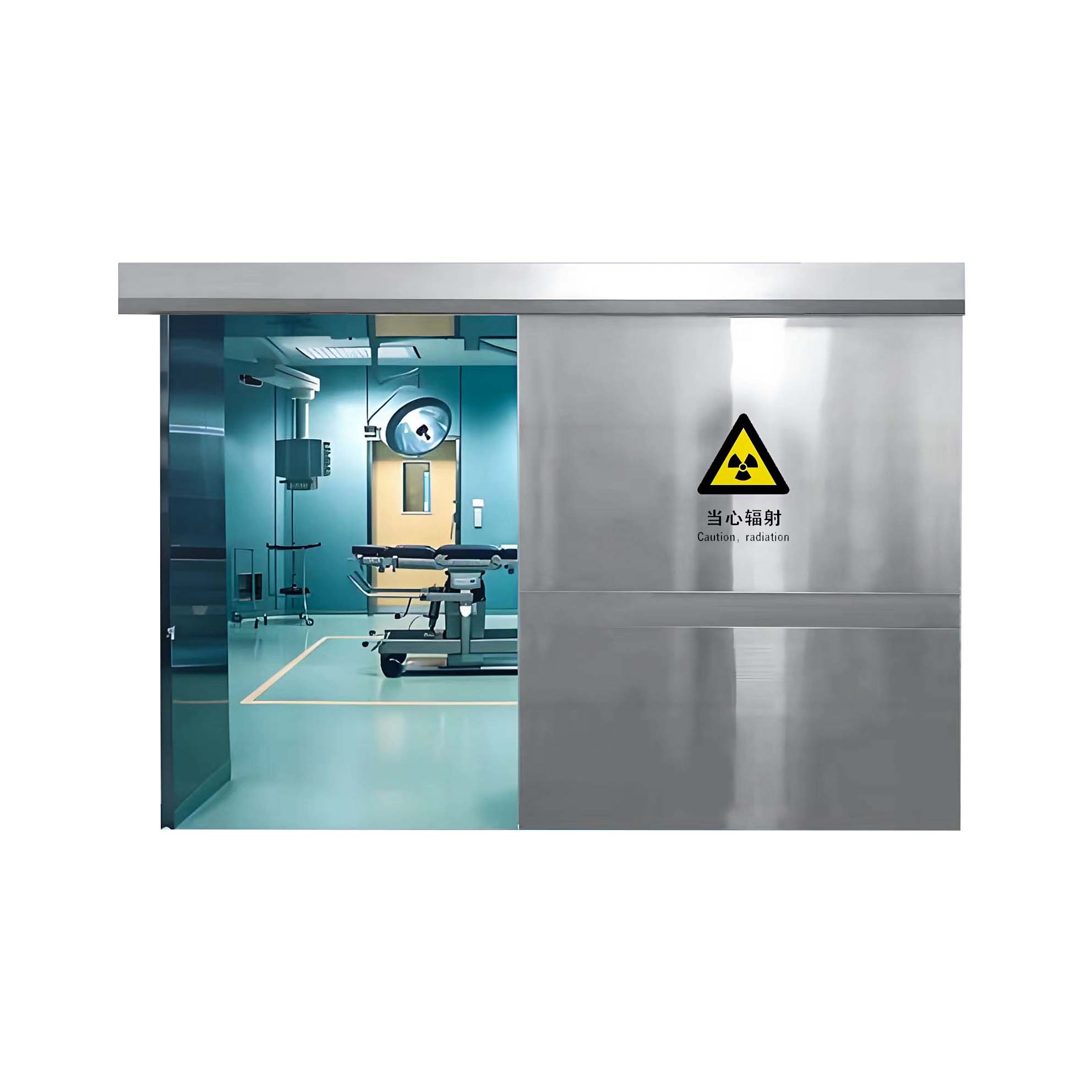Shanghai Jindoor Technology Co., Ltd. is a leader in the development and manufacturing of advanced radiation protection solutions, including high-performance stainless steel radiation safety doors. These specialized doors are widely used in medical, industrial, and research environments where exposure to harmful ionizing radiation is a significant concern. But what exactly makes these doors effective? The key lies in their scientific shielding design.

How Radiation Shielding Works
Radiation, especially in the form of X-rays and gamma rays, is highly penetrative and poses a serious risk to human health and sensitive electronic equipment. In radiation-exposed areas like CT rooms, X-ray departments, and non-destructive testing facilities, simply using a thick door isn’t enough. What’s required is a composite structure specifically engineered to absorb or deflect this radiation.
The Core Principle: Absorption and Attenuation
The radiation shielding principle is based on the concept of attenuation—the gradual loss of intensity as radiation passes through a medium. In the case of stainless steel radiation safety doors, the core shielding material is usually high-purity lead, sometimes supplemented with specialized radiation-absorbing composites. These materials have a high atomic number (Z), which allows them to absorb ionizing radiation effectively.
When X-rays or gamma rays strike the door:
Part of the energy is absorbed by the dense atoms of the shielding layer.
The remainder is scattered and weakened before it can pass through.
The result is a dramatic reduction in radiation intensity on the other side of the door, ensuring safety for medical staff, patients, or operators.
Why Stainless Steel?
While lead provides the necessary shielding, the outer structure of the door plays a vital role in functionality and durability. Stainless steel is used for several reasons:
Corrosion resistance, especially in sterile or humid environments.
Ease of cleaning, making it ideal for hospitals and laboratories.
Structural strength, ensuring the door maintains its protective form over years of use.
Aesthetic appeal, suitable for high-end healthcare and cleanroom applications.
Stainless steel also serves as a strong mechanical barrier, protecting the internal shielding layer from physical damage or contamination.
Shanghai Jindoor's Engineering Excellence
Shanghai Jindoor Technology Co., Ltd. focuses on precision-engineered door solutions that comply with international radiation safety standards. Each door is carefully designed with:
Sealed construction for maximum attenuation and minimum leakage.
Optional lead glass windows, allowing observation without compromising safety.
Customizable dimensions and features based on client needs.
Our doors undergo rigorous quality control and are tested to ensure they meet or exceed regulatory requirements, including GBZ, CE, and ISO standards.
The working principle of stainless steel radiation safety doors is a fusion of material science and practical engineering. At its core lies the ability to absorb and attenuate harmful radiation, protecting lives and ensuring compliance in sensitive environments.
www.jindoor.com
Shanghai Jindoor Technology Co., Ltd.

